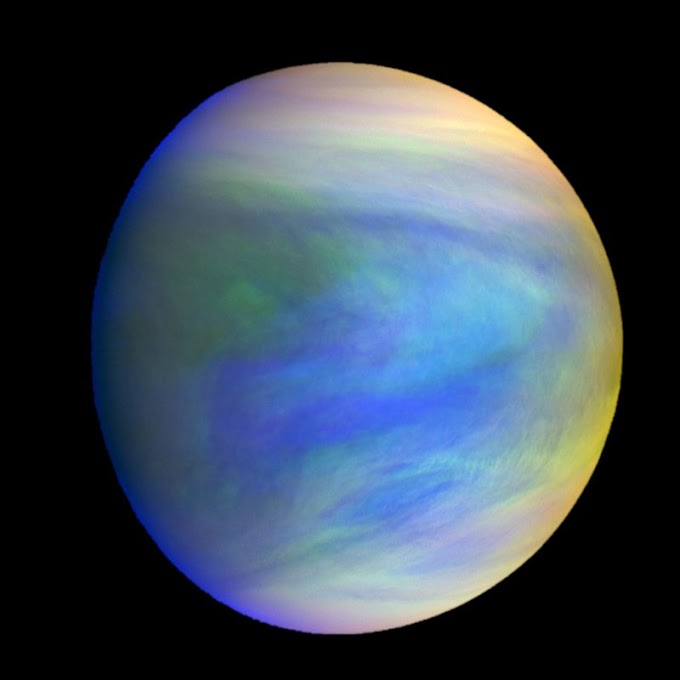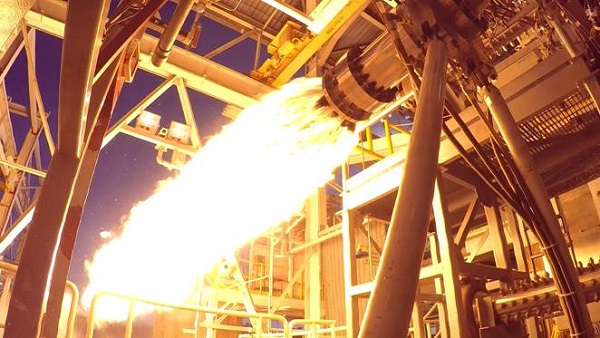"From the stars we come, to the stars we return"
and we set out for the stars.
On 20th August 1977, 07:59 PM as per Indian Standard Time, the scientific community watched eagerly as Titan IIIE-Centaur lifted off from Cape Canaveral Launch Complex, Florida, carrying Voyager 2 - an instrument that would redefine humanity's way of perceiving space.
Background
- Voyagers were originally named Mariners, namely, Mariner 11 and 12.
- The program was designed to perform fly-by, or as it came to be known, a "Grand tour" of the outer planets, mostly Jupiter and Saturn, at a moment of perfect alignment of the planets.
- The Pioneer Program was the source of inspiration to the Voyagers. Pioneer 10 was the first man-made object to fly past Jupiter and Pioneer 11, subsequently became the first probe to explore Saturn and its rings.
 |
| The Pioneers and the Voyagers as of 2007. Blue-Pioneer 10, Green-Pioneer 11, Red-Voyager 2, Pink-Voyager 1. (Credit: Wikipedia) |
- The base-plan summarized to this - if Voyager 1 was successful in its mission to Jupiter and Saturn, then Voyager 2 would be configured to set out for Uranus and Neptune.
- The Voyagers derive their power from the oxide of a radioactive material, Plutonium Dioxide, constituting their generators.
Bon Voyage
With the intention to study the edge of our solar system, Voyager 2 left Earth, aboard Titan IIIE-Centaur rocket, carrying 11 scientific instruments:
Apart from these instruments, each of the Voyagers carried something special, an object that defines human race. We will come to that part in a short span of time.
Soon after Voyager 2 was launched, Voyager 1 followed and it was set in a trajectory such that it would eventually overtake its predecessor and thus their voyages began.
In about 2 years, images of Jupiter were captured by Voyager 2, performing close fly-by of its moons - Europa, Callisto, Amalthea, Ganymede and Io.
 |
| Voyager 2 approaching Jupiter. (Credit: NASA/JPL) |
Europa and Io caught scientists' attention, both Jovian moons being quite 'active', that is, both of them had numerous volcanoes on its surface, spitting out materials into space. The spacecraft also performed a close fly-by of the gargantuan planet, thereby observing the Great Red Spot and its change in position, shape and color.
Four years since its launch in 1977, Voyager 2 spacecraft came in proximity to Saturn. Studying the rings and the moons following the protocol as its predecessor did, since Voyager 1 overtook its sister spacecraft on December 15, 1977.
Photographs of moons were taken, including a few new ones. This spacecraft being the third one (after Pioneer 11 and Voyager 1) to fly-by Saturn, it utilized its resources to get detailed pictures of its rings and moons, also by virtue of gravity assist by Saturn, Voyager 2 was now en route to explore the seventh planet, Uranus.
Moons of Jupiter and Saturn: As captured by Voyager 2
 |
| Jupiter with its moons. (Credit: NASA/JPL) |
 |
| Titan, largest moon of Saturn, with a thick haze on it. (Credit: NASA/JPL) |
Other moons of Saturn:
 |
| Enceladus. (Credit: NASA/JPL) |
 |
| Tethys. (Credit: NASA/JPL) |
Beginning of Going Beyond
The mission objectives were limited to exploring the two gigantic outer planets of the solar system, but by the gravity assist from Saturn, Voyager 2 set its new course - beyond.
The trajectory was set for Uranus and it took four and a half years to reach there, hence becoming the first man-made object to reach Uranus. The spacecraft derived information about the planet during the close fly-by which included discovery of ten of its moons, measuring wind speed and details regarding its cloud surface, the rings with variable thickness, detection of the five larger moons. In total, the planet seemed to be less interesting as compared to the earlier one. Again, upon sequential maneuvers on February 14, 1986, the path of Voyager 2 now laid to a more distant object, Neptune.
With 10 of its 11 instruments still functional, the spacecraft reached Neptune, first ever for a man-made object. It discovered six new moons, observed speedy winds blowing all over the planet, features of the planetary clouds, the abundance of methane on the planet which contributes to its blue color. A man-made object going that far stirs up imagination. The picture below is the eighth and the most distant planet in our solar system, when you look at it and contemplate, you're attempting to grasp the vastness of space and most importantly, getting an idea about your position in this grand system.
 |
| Neptune. (Credit: NASA/JPL) |
Leaving Neptune behind, the Voyager 2 spacecraft now took its sister's path and went drifting towards the edge of the solar system, the Voyager mission became Voyager Interstellar Mission (VIM). On November 1998, the non-essential instruments were put off to save power, only seven of them were kept in operational mode.
As latest as of 2019, a maneuver was performed to keep Voyager 2 in a definite path.
The Special Object
Each of the Voyagers have been carrying a whole lot of instruments to perform necessary scientific experiments of varying complexity, but apart from these, they are also carrying greetings, music, images, song, diagrams, all inside the Golden Record.
A team led by Prof. Carl Sagan, carefully categorized and selected images and greetings from people all over Earth and put them inside the record, which was attached to each of the Voyagers with the sole purpose that in the distant future, when these spacecrafts turn into non-functional vintage robots travelling through space, they will be carrying messages from the people of Earth to any 'other-worldly' beings who happens to come across the 'Voyagers'.
On 20th August 2020, Voyager 2 completed 43 years of drifting through space gathering information about our neighborhood.
Also check out










2 Comments
This some great content!!
ReplyDeleteThank you! Do check out the related articles.
Delete